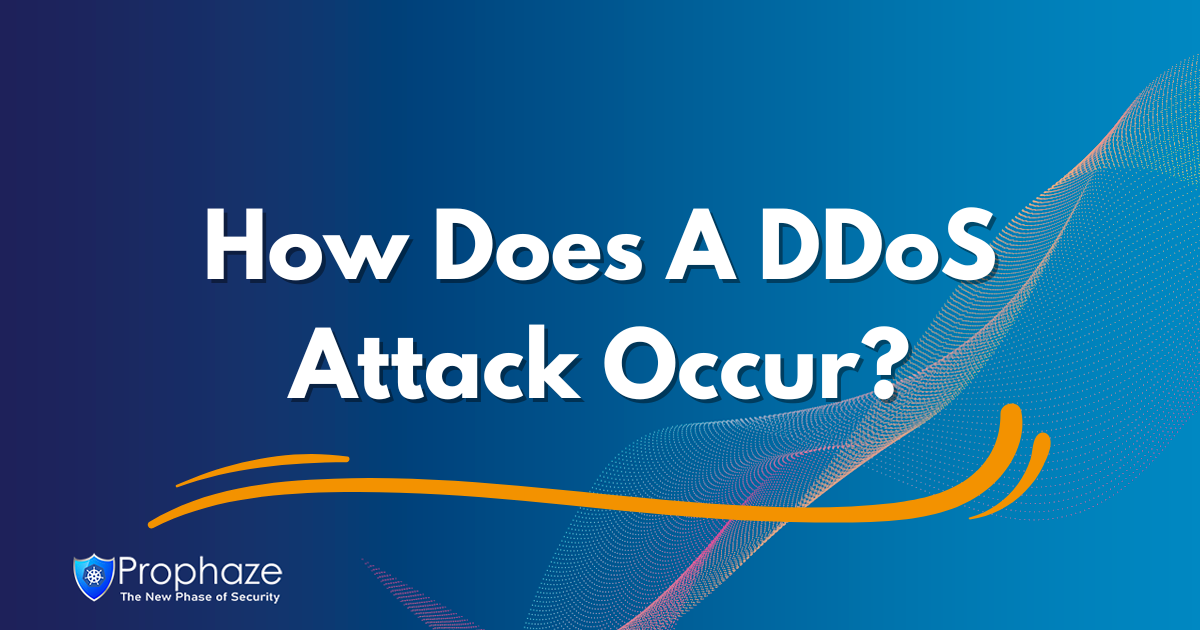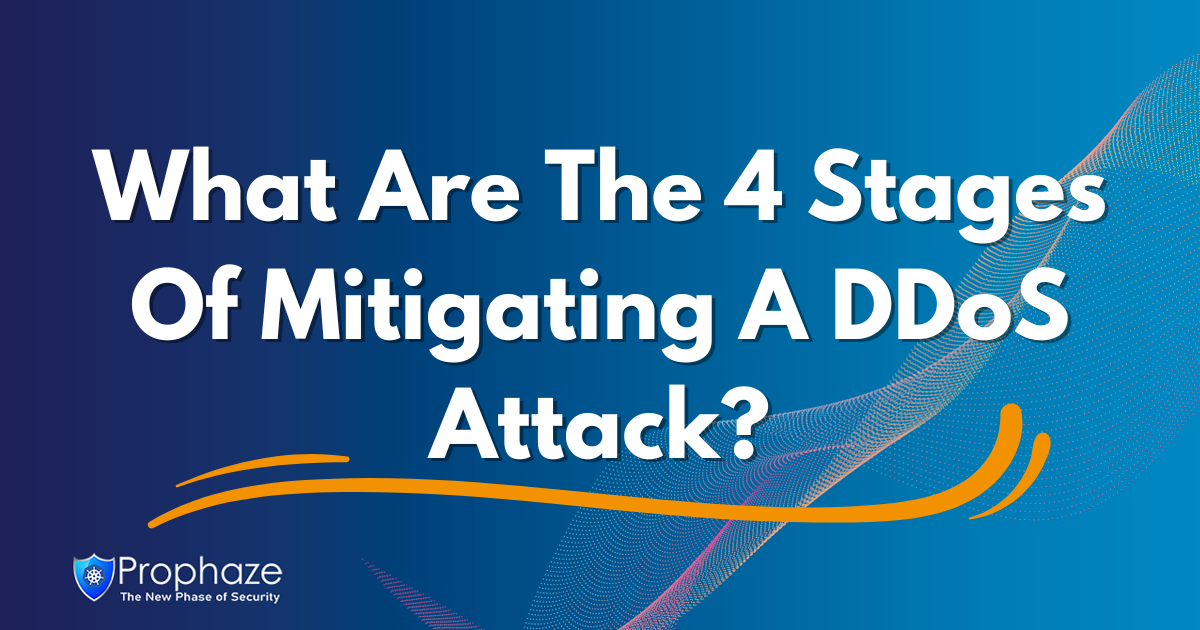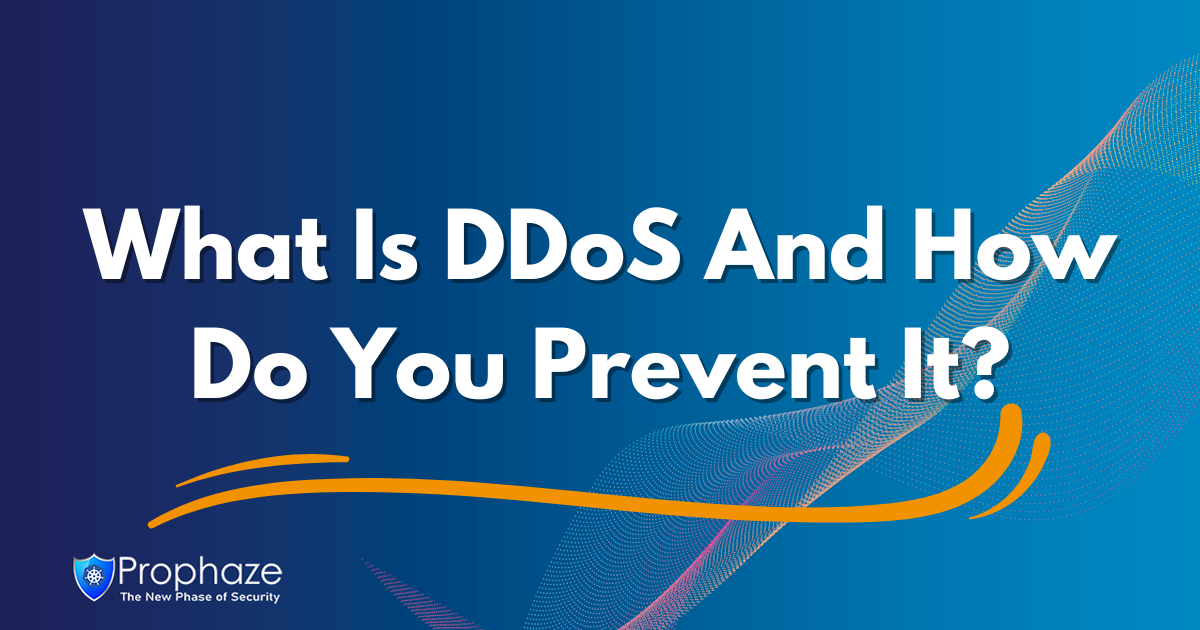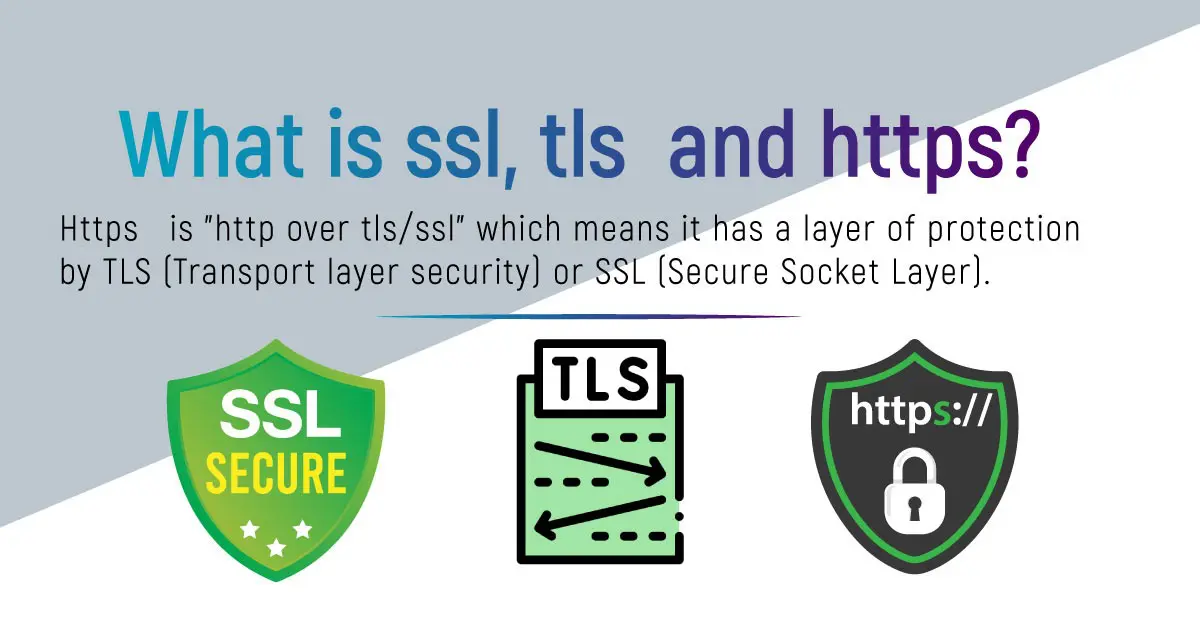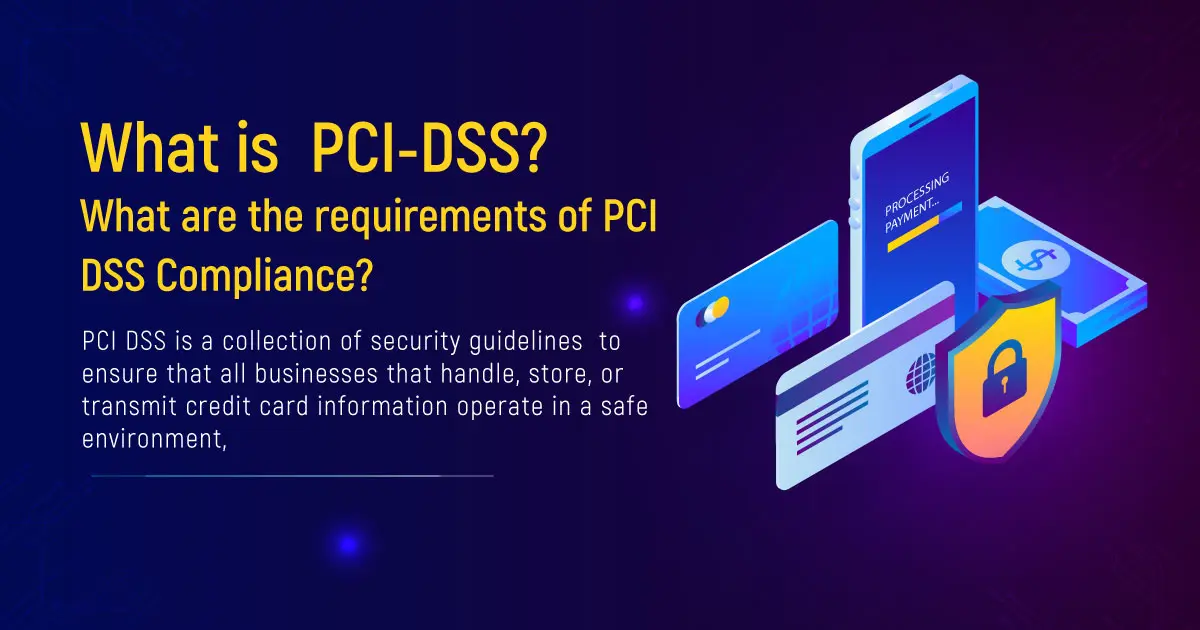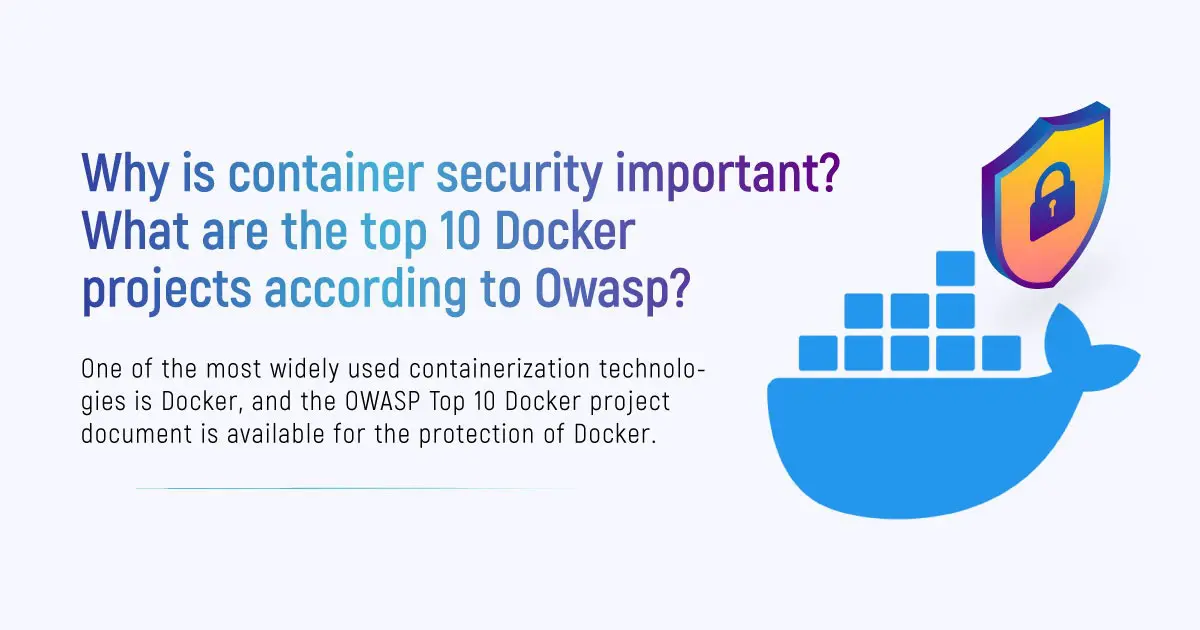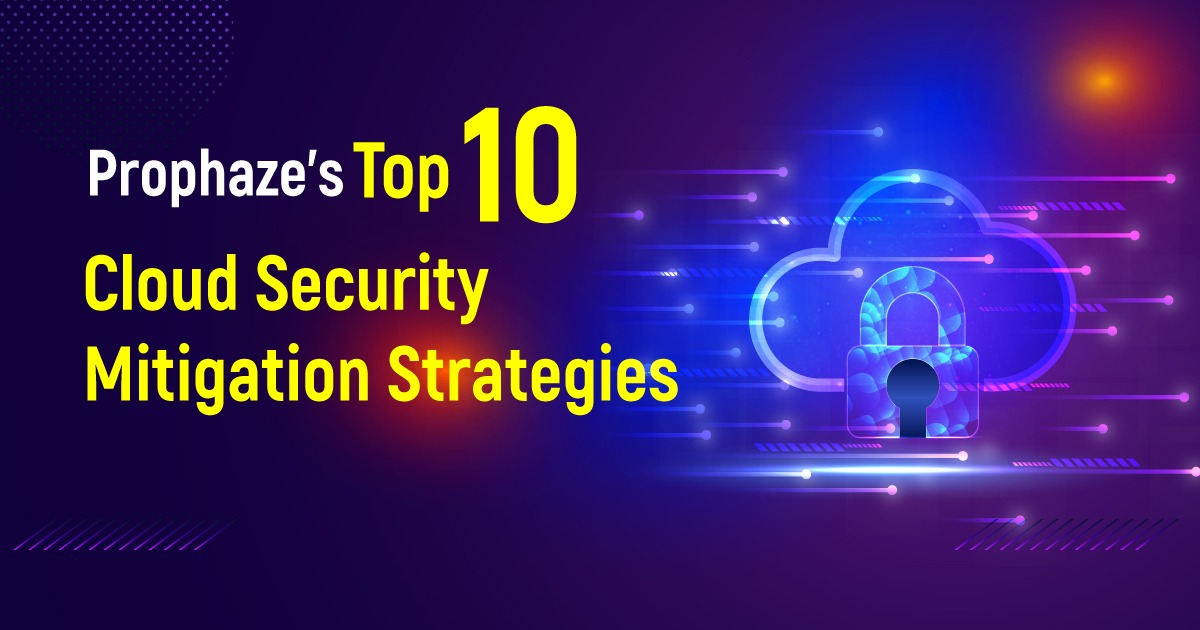How Do Companies Prevent DDoS?
Discover effective strategies for companies to prevent DDoS attacks and safeguard their online services. Learn about DDoS protection services, traffic monitoring, scalable infrastructure, traffic scrubbing, rate limiting, redundancy systems, and collaboration with ISPs. Prevent disruptions and protect your business from DDoS attacks.
Safeguarding Businesses Against Disruption
In today’s digital realm, businesses encounter the persistent threat of cyberattacks, and there is significant ongoing concern surrounding distributed denial of service attacks. This blog offers valuable insights on the best ways to prevent and mitigate DDoS attacks for companies to safeguard their online presence, customer trust, and business operations.
DDoS Protection Services:
Taking advantage of the services of DDoS protection providers is a proactive step to secure against attacks. To prevent DDoS assaults from succeeding, these specialized vendors possess the necessary infrastructure and expertise. They can ensure that only legitimate requests reach your network by routing traffic through their robust networks and filtering out malicious traffic.
Traffic Monitoring and Anomaly Detection:
Companies can promptly identify and respond to DDoS attacks by implementing traffic monitoring and anomaly detection systems. These systems analyze network traffic patterns, resource utilization, and behavior anomalies to identify any unusual activity. Setting up real-time alerts and notifications enables businesses to take immediate action to mitigate the impact of an attack.
Scalable Network Infrastructure:
A scalable network infrastructure is essential for preventing DDoS attacks. Using load balancers, firewalls, and intrusion detection systems is something small companies should consider to distribute traffic and filter out potential threats. A scalable infrastructure ensures that resources can handle increased traffic loads during an attack, thus reducing the risk of service disruptions.
Traffic Scrubbing and Rate Limiting:
Filtering out malicious traffic while allowing legitimate requests to reach your network is a technique called traffic scrubbing. This process identifies and removes harmful packets to reduce the effect that the attack has. Rate limiting, which limits the number of requests from a single IP address, is an effective measure to keep in mind. Stops an individual attacker from overwhelming the system.
Redundancy and Failover Systems:
Service availability during a DDoS assault is possible by implementing redundancy and failover systems, which is crucial. When the primary ones are under attack, businesses can swiftly switch to alternative resources by utilizing backup servers and network components. Ensuring this guarantees that even if one of the network’s components is compromised, services will continue functioning normally.
Collaboration with Internet Service Providers (ISPs):
It is beneficial to establish a strong partnership with your internet service provider to prevent DDoS attacks. Tools and technologies assist internet service providers in detecting and mitigating attacks before they reach your network. By working closely with your ISP, you can leverage their expertise to implement additional protective measures and ensure network security.
Conclusion
Small companies need to be proactive in protecting themselves against DDoS attacks. By employing a combination of DDoS protection services, traffic monitoring and anomaly detection systems, scalable network infrastructure, traffic scrubbing, rate limiting, redundancy, and failover systems, and collaborating with ISPs, businesses can effectively prevent DDoS attacks and maintain uninterrupted online services. Investing in DDoS prevention measures is an essential step towards safeguarding your digital assets and preserving your reputation in the online world.

